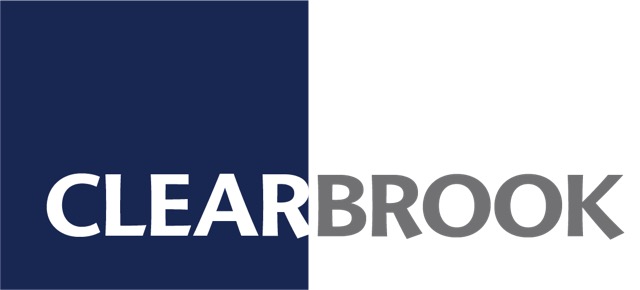Domestic Equity
- Despite the ups and downs over the past two months, U.S. equity markets remain near all-time highs. In September, domestic equities quickly recovered from the steep sell-off in August brought on by growing trade war concerns and simmering fears of a possible U.S. recession.
- Economic activity continues to slow globally, particularly in the manufacturing and trade sectors, which has been met with central bank policy changes and led to significant sector rotation and style dispersion through out September. For the month, U.S. equity momentum and value factors made their sharpest moves in 15 years. As a result, the Russell 1000 Value index is up 3.57% for the month, whereas the Russell 1000 Growth index is up 0.01%.
- Overall, the risk-on environment benefited small caps more so than large caps as the Russell 2000 was up 2.08%, whereas the Russell 1000 was up 1.73%.
- Equity market valuations continue to be elevated by historical standards. However, relative to fixed income yields, they are attractive. According to Factset, the forward 12-month P/E ratio for the S&P 500 is 16.8, above the 5-year average of 16.6 and the 10-year average of 14.9. International Equity
International Equity
- International markets rallied alongside domestic markets as the MSCI EAFE index was up 3.54%. However, the strength of the U.S. Dollar weighed on European investors, causing 67bps of relative underperformance.
- Emerging markets also participated, albeit to a more muted extent as the MSCI EM index was up 1.91%.
- Helping to drive European markets higher has been a dovish shift by the European Central Bank (ECB). Nonetheless, the ongoing trade dispute between the U.S. and China weighs on any economic growth recovery.
- Japanese equity markets rallied the most of the developed countries we follow, as the MSCI Japan index was up 5.93%. While valuation continues to be cheap relative to other developed countries, they remain susceptible to the slowdown in China and constrained by policy. While trying to remain accommodative, the country will soon be instituting an increase in their consumption tax, which may dampen their simulative efforts and their hopes of reviving inflation. Fixed Income
Fixed Income
- The Fed cut rates by 25bps to 1.75-2.00%, as expected, for the second time this year. However, committee members were divided, with one member voting for a 50bp cut and two voting for no cut.
- Increased volatility in overnight repo rates, prompted the rate reach as high as 10%, causing the Fed to temporarily lend funds to primary dealers, which helped normalize the rate level back to below 2%.
- The treasury curve steepened across the board while the 30-year Treasury yield dipped below 2%.
- Investment-grade corporate borrowers issued almost $160 billion – the third highest month of issuance on record. Despite a wave of record-setting supply, investment-grade corporate spreads tightened by 5bps to 115bps. In Q3, spreads were as tight as 107bps and as wide as 124bps.
- Rising equity prices and an appetite for yield supported high-yield corporate spreads, which tightened 20bps for the month, from 393bps to 373bps.
- Technicals acted as a headwind for asset-backed securities (ABS), which struggled to keep pace with other spread sectors.
Economics
- Global economic growth has been slowing as industrial production around the world has been stunted by the U.S./China trade dispute, geo-political uncertainty, and the overall decline in demand. We are also beginning
to see a negative spillover from the industrial sector, as there has been softening in the labor market and services sector. The 10 year global expansion though, is expected to be helped by the increase in monetary and fiscal stimulus. In addition, the private sector has healthy fundamentals including limited household leverage, manageable interest payments and solid income gains. These positive dynamics and central bank support should help to contain the slowdown. - In the U.S., Existing home sales continued to move higher, at a 5.490 million annual pace in August that beat the Street consensus range and edged out February as the best showing for the year. The median price at $278,200 shows a rise of 4.7% when compared to last August. Supply, however, slipped in the month to 1.860 million units on the market and relative to sales is at 4.1 months which is down from 4.2 and 4.4 months in July and June.
- In Europe, the German ZEW Survey of current conditions fell 6.4 points, its fourth straight decline and eleventh drop over the last twelve months. At -19.9, the index was 92.5 points below last year’s August reading and is the lowest since May 2010. Expectations though improved by a sizeable 21.6-point jump to -22.5. Despite being the best level since December 2014, September’s post was still among the weakest seen in more than seven years.
- In Asia, China’s industrial profits fell 1.7% year-to-date in August, as they did in July. In year-on-year terms, profits fell 2.0% after advancing 2.6% previously. This is an important downward trend because profits are the income of an enterprise and a key factor that determines capital investment spending.

